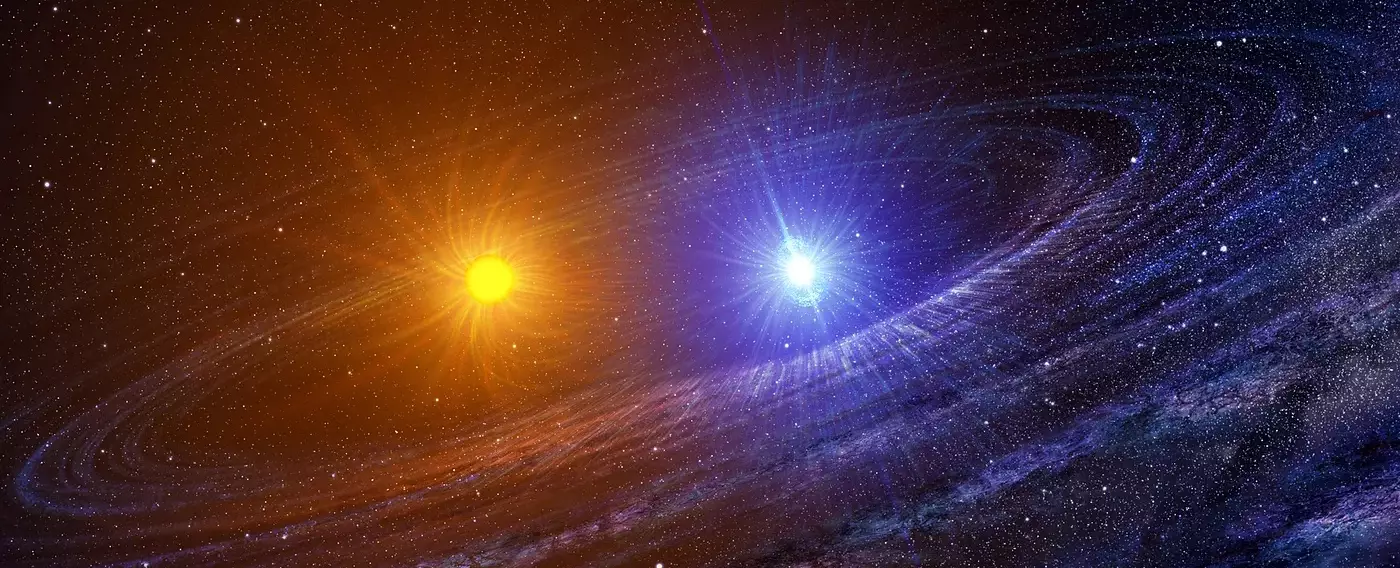

The stability of planetary systems has long been a topic of interest for scientists. While we have a good understanding of the rules governing the orbits of two celestial bodies, the dynamics become much more complex when additional bodies are introduced. This complexity can lead to unpredictable instabilities, resulting in objects being ejected into space or falling into their host stars. The so-called “three-body problem” has been a source of intrigue for centuries, challenging scientists to unravel its mysteries.
A recent study published in Nature sheds light on the prevalence of catastrophic instabilities in planetary systems. The study, conducted by a team of researchers, focused on nearby stars and found that as many as one in a dozen pairs of stars may have devoured a planet due to orbital instabilities. By analyzing the chemical compositions of twin stars, the researchers were able to identify signs of planet engulfment.
The study surveyed 91 pairs of twin stars, a significantly larger sample size than previous studies. The researchers observed distinct chemical patterns in some stars, indicating higher amounts of elements such as iron, nickel, and titanium compared to others. These differences provided strong evidence that the stars had engulfed planets at some point in their history.
The findings suggest that instabilities in the dynamics of planetary systems are more common than previously thought, especially in systems containing “super-Earth” planets. The gravitational interactions between host stars and massive planets can lead to instability, potentially resulting in planet engulfment.
This study challenges the notion of stability within our Solar System and prompts us to reconsider our place in the universe. While our Solar System may exhibit a sense of stability, this may not be the case for other planetary systems. The possibility of planet engulfment and instability serves as a reminder of the delicate balance that allows life to flourish on Earth.
As we strive to deepen our understanding of planetary systems and their relationship with host stars, studies like this offer valuable insights into the complexities of the cosmos. While instability may be prevalent in some systems, it is important to recognize that such occurrences are still relatively rare. Continued research in this field will help us unravel the mysteries of the universe and appreciate the intricate balance that sustains life on Earth.
The world of medical therapeutics is on the brink of transformation thanks to an innovative…
Recent groundbreaking research published in *Nature* has unveiled a transformative aspect of tree biology that…
In an impressive stride for engineering and computational fluid dynamics, a team of researchers has…
The concept of starquakes—profound vibrations generated by the turbulent surfaces of stars—serves as an innovative…
In a stunning advance that promises to reshape cardiac treatment across the globe, researchers have…
In the battle against climate change, reforestation has emerged as a beacon of hope, particularly…
This website uses cookies.